Copyright, Trademark and the Tale of Captain Marvel
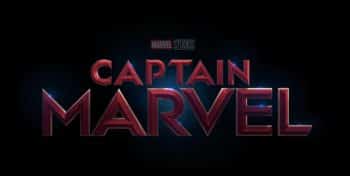
Back in March, both Shazam! and Captain Marvel were in theaters at the same time. However, the two films and their titular characters have shared much more than just theater space, they have a long, winding history of lawsuits, trademark and copyright issues.
Most impressive of all is that it’s a history that goes back 80 years. It’s a story that involves multiple companies and has drastically changed the history of comic books and super heroes more broadly.
However, it’s also a story that’s often widely misunderstood, often being framed as yet another battle between DC and Marvel Comics, even though the two never really came into direct conflict.
The truth is, ultimately, a bit more complicated but no less interesting as it’s a tale of copyright and trademark that unfolded over a lifetime.
Captain Marvel vs. Superman
Note: To avoid confusion in this article we are going to refer to the characters as the Original Captain Marvel and the Current Captain Marvel. Otherwise, we may all go insane.
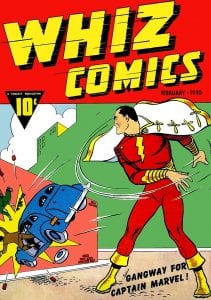
The original Captain Marvel was created in 1939 by Fawcett Comics as part of their Whiz Comics series. The character was much akin to Superman, which first appeared in 1938, in terms of his powers and appearance and, though Original Captain Marvel’s powers were magical in origin, other aspects of the character were similar enough that Detective Comics (now simply DC Comics) took umbrage.
That displeasure manifested itself in the form of a cease and desist letter sent to Fawcett June 1941 and, when that was ignored, DC Comics filed a copyright infringement lawsuit in September of that same year.
The lawsuit, however, took its time meandering through the courts. In the years while the case was ongoing, Original Captain Marvel become something of a hit. He was already the first super hero to appear on the big screen as part of a 12-chapter movie serial, but the prominence of the character only grew. By the mid-1940s, Original Captain Marvel was the most popular comic book character in the country.
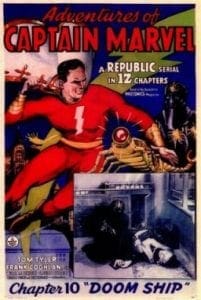
The character was so popular that not only did it spawn a whole family of “Marvel” heroes, but many of the unique elements from the Original Captain Marvel made its way into Superman’s lore including the ability to fly and a bald mad scientist arch-villain.
When the case finally made it to a trial court in 1948, the judge largely ruled in favor of DC Comics, finding that the Original Captain Marvel was an infringement of Superman.
There was an appeal before the Second Circuit in May 1951 and the court largely upheld the lower court decision, saying that, while the character as a whole may not be an infringement, powers, plots and other components of it might be. However, those issues would have to be resolved at a second trial.
Facing either a second trial or a long shot appeal, Fawcett Comics ended up settling with DC and basically shuttered its entire comic book division. Torn between slumping super hero comic sales and a protracted legal battle, Fawcett just decided to bow out.
That, realistically, could have and should have been the end. The case already resulted in one of the most important copyright rulings of the time period, National Comics Publications, Inc. v. Fawcett Publications, Inc. and brought about the end of the what was once the nation’s most popular super hero.
But super heroes have a funny tendency to come back from death and Original Captain Marvel is no exception.
Captain Marvel vs. Shazam! (Captain Marvel)
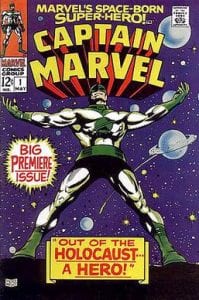
Not much happened for the better part of two decades. With Original Captain Marvel no longer in publication, the name and character just stopped being used. So much so that, in May 1968 Marvel Comics decided to use the name for itself by introducing a new comic book series entitled Captain Marvel featuring Current Captain Marvel as the protagonist.
Marvel Comics had already filed for a trademark on “Captain Marvel” in October 1967 (registration number 0892487). However, this posed a pretty significant problem for DC Comics who, in 1972, obtained the rights to use Fawcett’s old characters, including Original Captain Marvel.
Instead, they promoted Original Captain Marvel as part of a series entitled Shazam! that included the tag line “The Original Captain Marvel.” The character was used sparingly due to issues with the original licensing agreement but, in 1991 DC Comics purchased all of the rights directly and began using the character more aggressively, though they couldn’t advertise him under his actual name.
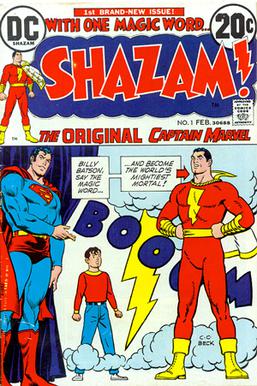
The resolution to that finally began in 2011 when DC Comics began its “New 52” initiative that saw the publisher relaunch its ongoing comic series. Among those relaunched (albeit in 2013) was the Original Captain Marvel, who finally got a name change to Shazam!
Now with the name Shazam!, he is still largely the same character he was back in 1939 but with a name that doesn’t cause any potential trademark issues.
That balance seems to have worked well enough for both DC and Marvel, well enough for both to get major movie releases at around the same time. It seems the war over Captain Marvel is finally over, outside of their fight on Death Battle and the box office bragging rights.
Bottom Line
When it’s all said and done, Shazam! may have done of the greatest super hero feats of all time.
He started life as a copyright infringement of Superman, only to eventually have his rights acquired by Superman’s publisher and then have his name be a trademark infringement of a super hero created nearly 40 years after him. He then rebranded himself as Shazam! and would go on to have a movie released at the same time as Captain Marvel.
It’s a pretty impressive story.
It’s just a reminder that, with super heroes, no death is truly final. Not even the might of DC Comics and the legal system could kill Original Captain Marvel and, with little more than a name change, the character managed to avoid a trademark war and find new life some 80 years after first being created.
Want to Reuse or Republish this Content?
If you want to feature this article in your site, classroom or elsewhere, just let us know! We usually grant permission within 24 hours.
